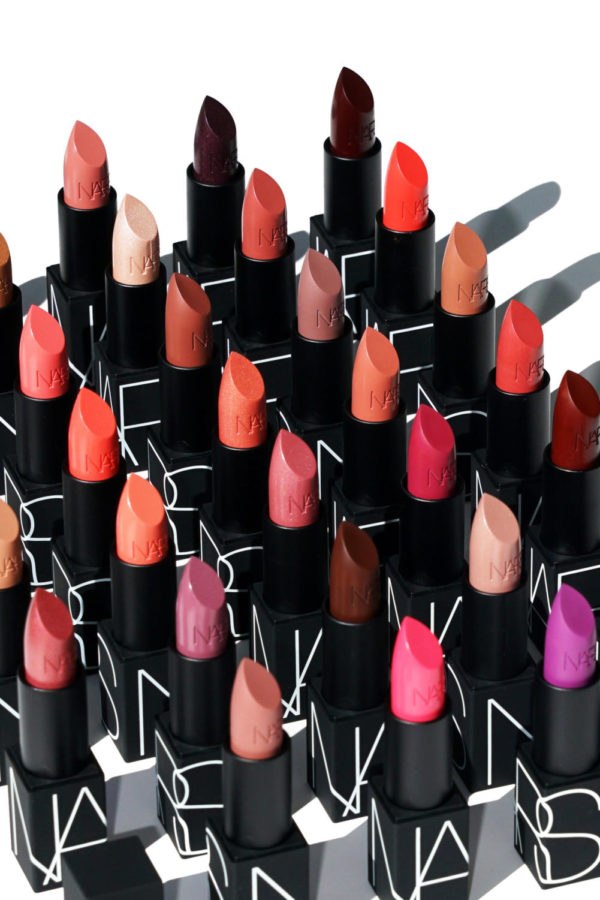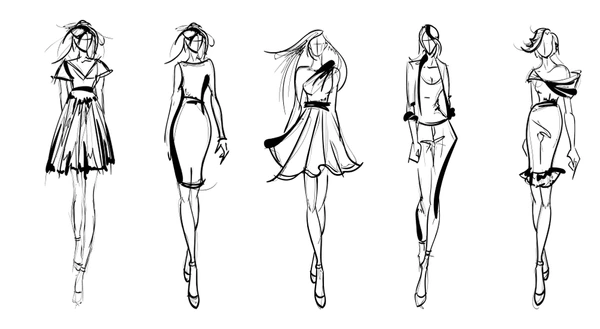There are hundreds of shades, and it’s always impossible to find the perfect one! Lipstick has been around for decades, but where does it actually come from? Many of the most well-known and influential celebrities have worn it, but who started the trend? The history might surprise you on how long ago it was that it started, so without further ado, here’s the history of lipstick.
Lipstick first appeared in Ancient Civilizations about 5,000 years ago. Lipstick was used as a status symbol, and it can be traced back to the Sumerian Civilization. The Sumerian Queen, Queen Puabi used red rocks and white lead to create the first form of rouge. Some women even used ground jewels in their lipstick to add more of a shine. Then around 2,000 years ago, Cleopatra helped to continue the trend. The Egyptians are also known for their elaborate makeup looks that include the use of heavy eyeliner made from kohl, but lipstick was commonly used as well. They produced lipstick from carmine dye which is derived from a ground-up cochineal insect. They also used red ochre or other harmful substances such as bromine mannite and iodine. In Ancient Greece, lipstick was viewed very differently in society in comparison to how the Egyptians viewed lipstick. The Greeks viewed lipstick as a symbol for the profession of being a prostitute. At the time, prostitutes were forced to wear lipstick by law and if they weren’t wearing it while out in public they could be punished.
In the Middle Ages, an Arab chemist, Abulcasis invented solid lipstick in the form of molds in approximately 9 AD. Following that, the Catholic Church started to refute lipstick because they thought that wearing it signified that you are a follower of Satan. They also believed that if you wore lipstick you were a witch or sorceress, which we now know today, isn’t true.
In the Elizabethan era, Queen Elizabeth wore lipstick often. She powdered her face to cover up scars from a previous disease, and she accompanied her powdered face with bright red lipstick. During that time, lipstick was only for noble ladies, actresses, and prostitutes. Even some kings wore lipstick during this era as well. Queen Victoria, however, imposed an empire-wide ban on lipstick soon after the reign of Queen Elizabeth, because she viewed it as immoral.
In the 1920s, lipstick had become a staple in women’s beauty. In 1923, James Bruce Mason Jr. created the tubes for lipstick, which is the current form that we use today. In the 1920s, the biggest stars would be wearing lipstick, which helped influence the women of the era. It eventually became a symbol of feminism, as it was used in the feminist movement that was sparked during this era. Guerlain, Chanel, and other large brand makeup companies started producing lipstick as well.
In the 1930s, lipstick became a luxury for women, as the Great Depression occurred during this time. Moving into the 1940s, it was rationed due to World War One, but it became a symbol of strength for women. In the 1950s, Marilyn Monroe and Elizabeth Taylor popularized the bold red lip style, and lipstick continued to thrive as an ongoing trend. In the 1970s, Lip Smackers (flavored lipstick) became popular, and purple and black shades of lipstick became popular with heavy metal bands as a sign of non-conformity to social norms. In the 1980s, lipstick with shimmer and shine became popular, and matching your lip color to your outfit was encouraged. In the 1990s, lip liner became popular when paired with a lighter shade of lipstick, and some goth style lipstick became present. In the 2000s lip gloss became popular, and there was a larger variety of lipstick shades.
Today, lipstick remains as relevant as ever. It’s a form of self-expression, and it gives women the confidence to live life and look good while doing it. Lipstick contains a rich history, so I hope that the next time you apply or see it, you think of the history behind it. Appreciate the people who continued to wear lipstick even when it was banned because if it weren’t for them, we wouldn’t have it today. Perhaps, lipstick can solve many of life’s problems, after all, Coco Chanel said, “On a bad day, there’s always lipstick.”







